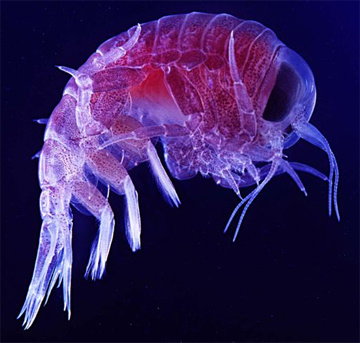This photo was taken by Uwe Kils. It shows an amphipod, a type of plankton. The photo was taken using magnification so users can see the amphipod in detail. In reality, most amphipods are only 1 mm to 140 mm in length.
Click on image for full size
Courtesy of Wikipedia Commons
Plankton
Plankton are a diverse set of
marine organisms. They can live in
salt and fresh water. Although some forms are able to move independently, most plankton drift with the water currents. This is actually the main way of defining plankton — they are drifters, and cannot actively swim against the
current. Plankton are usually divided into three groups:
Phytoplankton—these are photosynthetic autotrophs (that is they can feed themselves using light from the Sun). They are typically single-celled organisms and can have a nucleus or not. They live in water that is shallow enough for sunlight to shine through. Phytoplankton are responsible for producing a lot of the world’s oxygen, and they serve as food for many other organisms. Phytoplankton are considered the foundation of most of the world’s marine food chains.
Zooplankton—this is a broad group of heterotrophic organisms (that is they depend on other organisms for food). The zooplankton range in size from single-celled creatures to larger animals like jellyfish, mollusks, and crustaceans. They feed on other forms of plankton and on organic wastes in the water.
Bacterioplankton—this group is composed of the bacteria that drift in open water. They can be autotrophic or heterotrophic. They play a large role in important geochemical cycles, like the nitrogen and carbon cycles. In this way, bacterioplankton are often thought to serve as the ocean’s recyclers.
Last modified June 1, 2010 by Lisa Gardiner.
You might also be interested in:
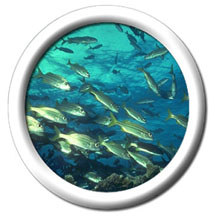
The oceans are full of life. A variety of animals and plants must survive together. Invertebrates like crabs, starfish and worms roam the sea floors. Coral grow in large numbers, creating a home for these
...more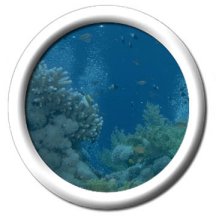
Cnidarians are animals with stinging cells called cnidoblasts. This includes corals, jellyfish and anemones. Cnidarians do not have a head, and commonly look like a flower. The petals are actually tentacles
...more
A variety of animals, including snails, octopi and squid, are called molluscs. Over 90,000 species of molluscs are called gastropods. The beautiful shells you see when walking along the beach are probably
...more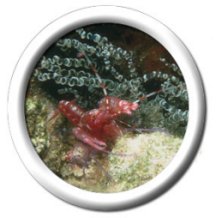
Crabs aren't the only crustaceans in the sea! Barnacles are small, rounded animals generally found on rocky reefs or shores. They are also seen attached to boats. Barnacles have a hard shell, and use
...more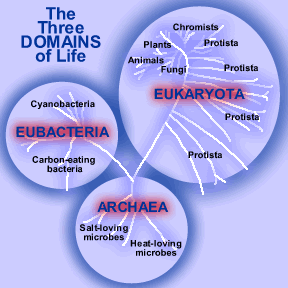
Scientists have found and described approximately 1.75 million species on Earth. Plus, new species are being discovered every day. From tiny bacteria to yeasts to starfish to blue whales, life's diversity
...more
There are a few types of atoms that can be a part of a plant one day, an animal the next day, and then travel downstream as a part of a river’s water the following day. These atoms can be a part of both
...more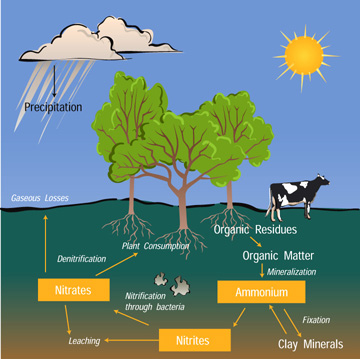
Nitrogen is an element. It is found in living things like plants and animals. It is also an important part of non-living things like the air above and the dirt below. Atoms of nitrogen don't just stay
...more
Carbon is an element. It is part of oceans, air, rocks, soil and all living things. Carbon doesn’t stay in one place. It is always on the move! Carbon moves from the atmosphere to plants. In the atmosphere,
...more


